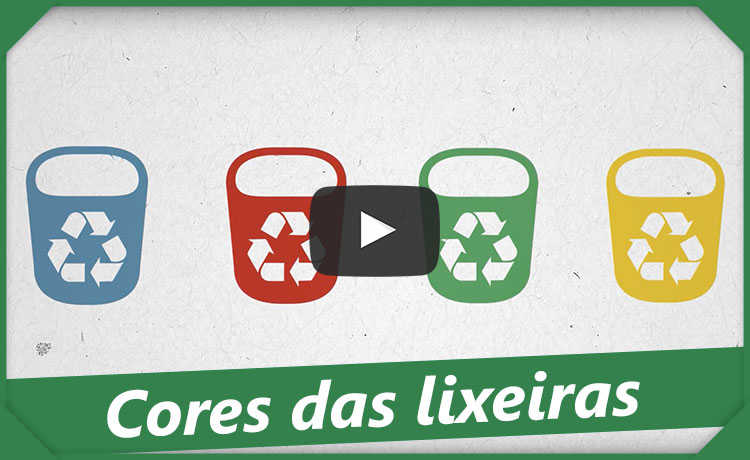The potential hazards of hydraulic fracturing
Discover the risks of the new form of gas extraction, also known as fracking

What is fracking or hydraulic fracturing?
A controversial method to extract gas from the ground is arriving in Brazil: it is hydraulic fracturing or fracking. But how does it work and what are the risks involved in this technique?
- Banned in some countries, technique to extract gas will be tested in Brazil
Firstly, hydraulic fracturing is used to perform drilling and gas extraction, the so-called shale gas or shale gas. The difference between this technique and traditional drilling is that it is able to access sedimentary shale rocks underground and, consequently, explore reservoirs that were previously unattainable.
The process begins with a drilling that can reach up to 3.2 km in depth, where the pipeline from a certain point assumes a horizontal trajectory (see figure above). When faced with the rock formations, the fracking. A mixture of large amounts of water and compressed chemical solvents is poured through the installed piping. The great pressure causes explosions that shatter the rock. So that the hole does not close again, huge amounts of sand are injected, which supposedly prevents the ground from giving way while allowing, due to its porosity, the migration of the gas to be extracted.
Problems
In addition to the dangers common to any type of drilling, such as loss of land use, large amounts of industrial waste, pollution and compromising the quality of life of inhabitants in regions close to the wells, there are also risks potentially associated with the well. fracking.
During hydraulic fracturing, a third of everything inside the well comes up, including the water used, the solvents used and the waste from the extraction. This brings risks of contamination of groundwater, a risk that was already common in traditional drilling methodology. Any leakage of gases, especially methane, which is a pollutant and contributes to the greenhouse effect, is an additional risk. The controversy surrounding this form of extraction has been the subject of growing debate, especially in the USA, a country that has large reserves of shale. With the refinement of the technology, the costs of extracting this energy source have significantly decreased, which means an enormous economic pressure for the extraction, even with the possible risks. The combination of the high volume of available reserves, the low cost of extraction and the American crisis makes the economic perspectives tend to drive the levels of exploration of this raw material and use of technology to extreme levels, replacing other sources, especially renewables, notably more costly. Regarding this issue, the 2010 movie Gasland (see trailer) tried to provide an overview of the problems that fracking can bring.
Even with the potential risks involved in this system, criticized in the US and banned in countries like France, the technology should not be restricted in Brazil, despite so many sustainable alternatives in energy production available for investment.










